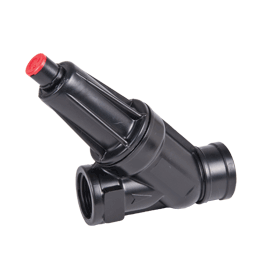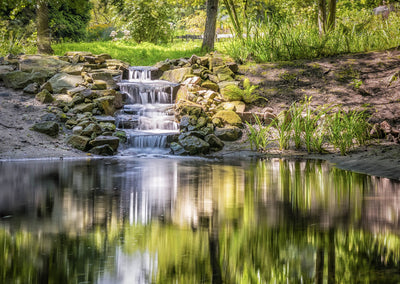Top Tips for Proper Planting
Spring is done for another year and now the summer weather is slowly coming and we are enjoying a cool start. I’m sure the gardeners out there all feel that there is still excitement regardless of the weather as long as we get out into the garden and do some planting. We can still plant and enjoy gardening as we move into summer, we just need to be diligent on our watering schedule. Before you head out and start to fill your beds with the most interesting plants available at the local nurseries, here are a few crucial planting tips you should follow.

First, shop around to ensure you’re purchasing healthy plants. Pests and diseases have a tendency to run rampant in greenhouses and nurseries, so be very mindful of the quality of the plants you’re looking to purchase. Be sure to look closely at the leaves to see if there are any signs of sucking insects that may be causing damage. Pop the plant out of the pot and look at the roots for signs of rotting or root binding. The colour of the foliage is another factor that may shed some light on the overall health of the plant. For example, if the leaves are supposed to be green yet all of the leaves are slightly chlorotic (Yellow) it may be a sign of a nutrient deficiency or pest issue.
Now you’ve found some healthy specimens and you’re in the garden ready to plant. Most of us have a tendency to simply pull the plant from the pot and toss it in the ground. However, this is one of the biggest mistakes a person could make, and it all has to do with how plants in nurseries are grown.
So when you pull the plant from the pot it came in, the first thing you should do in ensure that the crown of the root mass is not buried too deep. The crown is the section at the very base of the stems, and this area needs to be exposed to air in order to allow the roots to breathe. Next, you want to gently “tease” the roots apart. This is simply just untangling the root mass and encouraging the roots to radiate outward from the plant as it would in nature. Don’t stress too terribly much about damaging the roots, you want to be careful but typically you can get away with some damage. Now you’re ready to plant. Gently place into your soil that has been appropriately amended based on the specimens specific requirements, ensuring that you leave the crown of the roots exposed. Be certain that they are watered daily as most new planting will require water almost every day until they’re fully established (about 3-4 weeks on small plants).
And now that these few simple yet crucial steps have been taken you can sit back and relax knowing that you’ve helped transition your new plantings from pot to earth!
Sign up for our newsletter for more tips!






